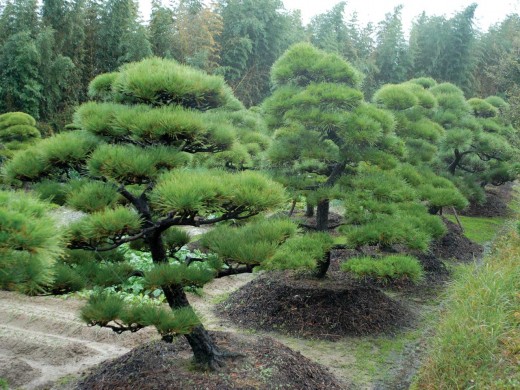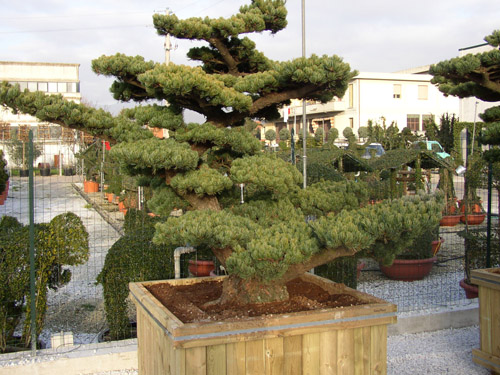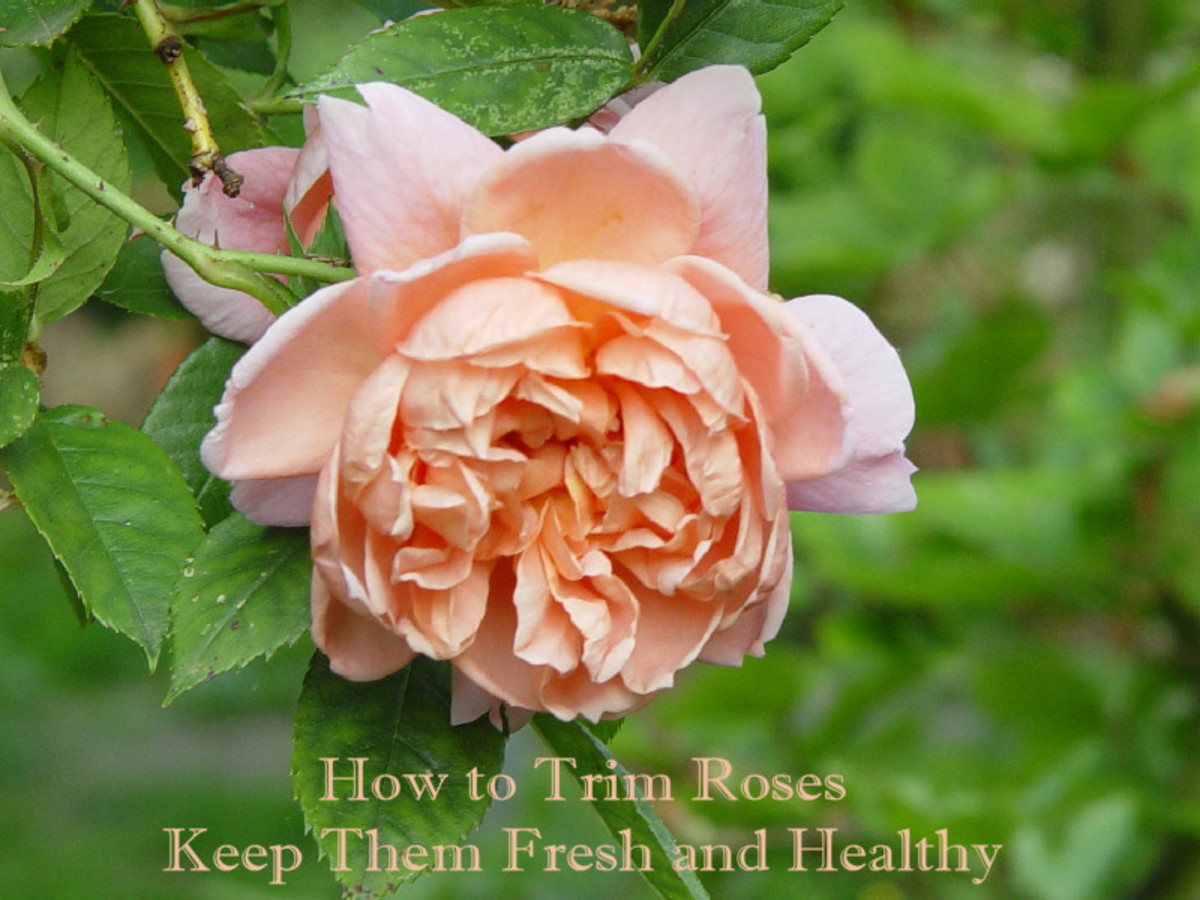What is Cloud Pruning and Which Plants Can Be Cloud Pruned

What is Cloud Pruning?
Cloud pruning is a special technique used to shape trees and shrubs into various shapes that resemble clouds. Kind of self-explanatory really. Anyway, this particular type of pruning originates from Japan where it is known among virtuoso gardeners as “Niwaki.” By the way, are you also wondering if Japanese gardeners use katanas to trim their vegetation?
According to the eastern teachings, Niwaki is about depicting the very essence of a tree or shrub. And the good news is you don't need a traditional Japanese garden (or sword) to practice this cutting method. Cloud pruning is actually a combination of trimming, clipping, training and pruning techniques used by the Japanese to shape the crown of a tree. The goal is to mimic the shapes natural shapes and landscapes.
You can say that cloud pruning is all bout aesthetics, just as any other Japanese art, and you have to remember that Japanese gardens mimic real landscapes. When you cloud prune a tree you have to make it look as natural as possible. You don't have to style the topiary in different shapes because it's really easy to go overboard make some of the worst pruning mistakes.

What Plants Can Be Cloud Pruned?
A variety of evergreen shrubs and trees can be a subject of this pruning method. In fact, evergreens sustain their improved looks throughout the year which makes them just perfect. And here are a few examples of plants that be cloud-pruned:
- Box (Buxus sempervirens)
- Yew (Taxus baccata)
- Pine (Pinus)
- Japanese privet (Ligustrum japonicum)
Other notable mentions include Osmanthus, Camellia japonic, Japanese holly, Luma apiculata, and Phillyrea latifolia. Pick trees with interesting branch formations, but if you don't feel like training and cloud-pruning a tree you can always buy a pre-shaped plant from a nursery.
What You Need To Get Started With Cloud Pruning?
You can buy pre-cloud-pruned trees and shrubs in order to save time and efforts. However, they can be somewhat expensive. Also, ordinary hedges can be cloud-pruned which is a wonderful way to substitute those plain old straight edges. In addition, you can choose plants with branches that form interesting shapes that later make the basis for the design you are after.
What Is The Best Time To Start Pruning?
It is best to prune your chosen trees early or late in the summer. However, if you are working with specimens that grow much faster, you may have to trim them twice per year – maybe even more. Of course, if you encounter branches that are unhealthy, deal with them accordingly and don't be afraid to ruin the shape of the plant a little bit in order to keep it thriving. Also, keep in mind that if you are dealing with a shrub that is flowering, you will have to cut it after it flowers because you will lose the flowers if you do it beforehand.

How To Make Your Very Own Niwaki
Choose a plant of any size that fits your need but do keep the following things in mind.
- Growth Rate: a slow-growing plant will take considerable time to develop, you might want to go for an already mature specimen so you can enjoy it sooner.
- Cost: smaller plants are much cheaper and allow you to be way more creative.
In other words, you always have the option to just purchase an already shaped plant but if you want to do it yourself, then follow these simple steps:
- Get a plant that has a peculiar formation of branches. And don't worry if it's not symmetrical because you can achieve that later.
- Examine the plant carefully and determine which branches you are going to remove. And be sure in your decision as once you cut off a branch, it might take a very long time until it grows back.
- You need to remove some of the branches from the centre so that the main branches will be left almost bare. Best case scenario, the cuts should be made the plant is still young so that the pruning signs will erased as time goes by and the plant matures.
- Don't cut the growing tips at the end of branches if your goal is to have a taller and wider plant.
- The cloud shape you are after will begin to appear once you reach the desired height and length, and you trim the tips.
- You can manipulate the positioning of the branches by using weights and stakes. This way you will add the finishing touches to the exact cloud shape you are after.
And don't forget that this method of pruning can applied to all existing shrubs and trees that you have in your garden.
Some Tips On How To Maintain A Specimen
Keep track of your trimming habits. Some plants require one, while others require at least two pruning sessions per year. According to some London gardeners, The best time to cut is in early or late summer when it's warm but the temperatures aren't as scorching. Also, remember that lost shapes can take very long to recover so be careful when you trim.
Also, generally plants with large leaves tend to look much better if they are cut with secateurs instead of shears. The use of shears often leads to improperly cut (or even damaged) leaves. Other than that, don't expect any problems. What you need is tons of patience and trusty secateurs.





